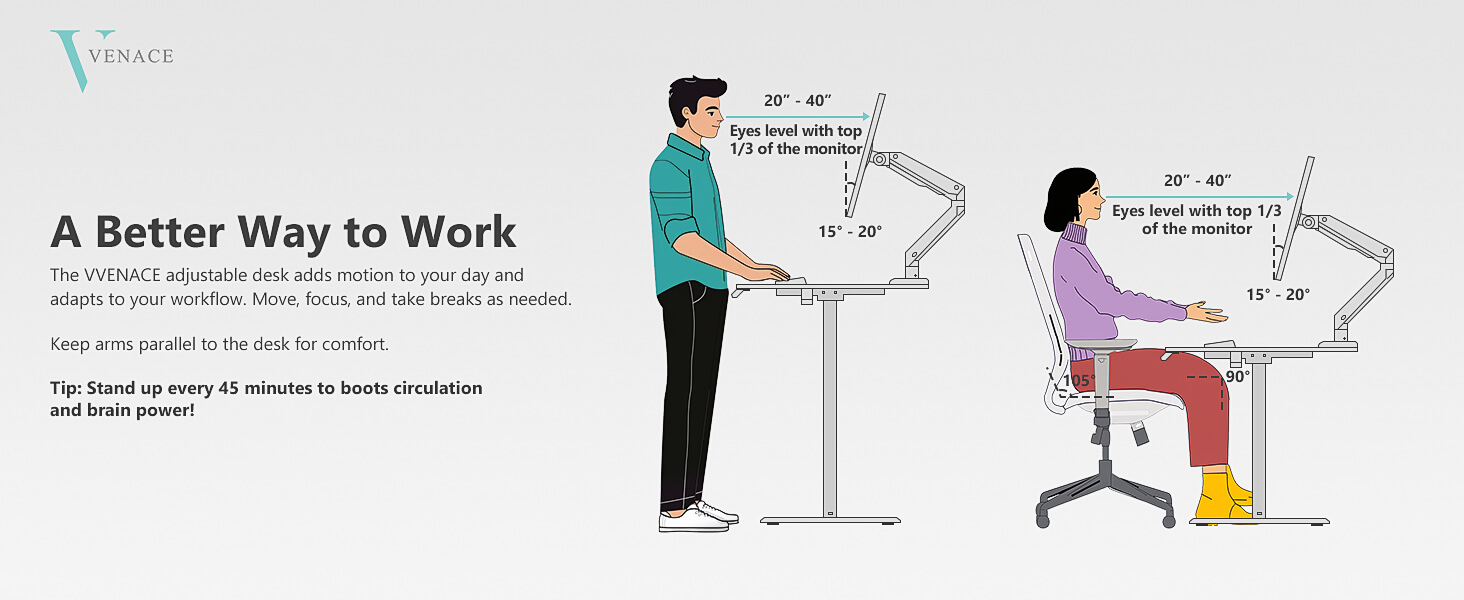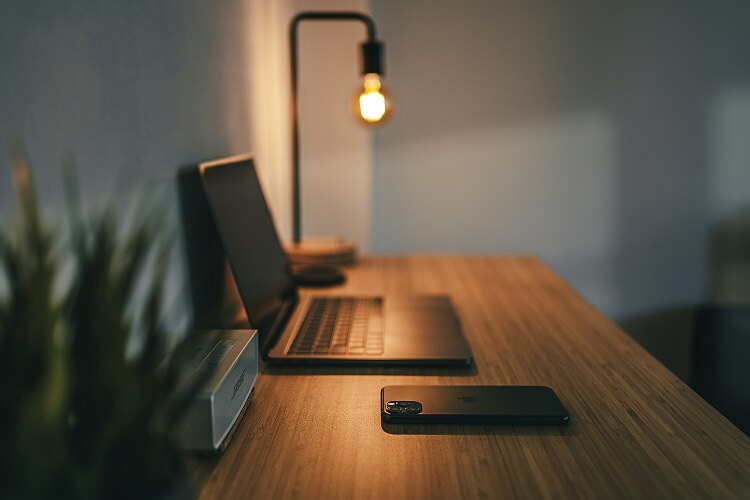In today’s fast-paced world, quality sleep is a rarity. More people are struggling with restless nights, often due to long hours sitting at desks, which can negatively affect both our physical and mental health. But what if a simple change could improve sleep? Enter the standing desk. By reducing sedentary time and promoting movement, a standing desk can have a significant impact on sleep patterns. This article will explore how using a standing desk can contribute to better sleep.
The Impact of Sedentary Lifestyles on Sleep
Sedentary behavior, especially long hours of sitting, has become the norm for many workers. Research shows that sitting for extended periods can disrupt the body’s natural circadian rhythm. This disturbance can make it harder to fall asleep and stay asleep throughout the night. In fact, inactivity during the day can lead to feelings of restlessness, making it harder to wind down at bedtime.
When you use a standing desk, you naturally reduce sedentary time. This simple change can help reset the body’s internal clock. The result? A better quality of sleep.

How Standing Desks Promote Movement
The beauty of a standing desk is in its simplicity. By enabling you to alternate between sitting and standing, it encourages movement. This is vital for combating the negative effects of prolonged sitting. Research has shown that movement, even in small doses, can help regulate the body’s production of melatonin, a hormone responsible for sleep.
Regular use of a standing desk leads to more walking and movement throughout the day. Even subtle activities like standing or shifting weight help improve circulation, ease muscle tension, and promote better oxygen flow. These physical changes can reduce physical discomforts like back pain and stiffness, which can disrupt sleep.
Standing Desks and Stress Reduction
Stress is another common factor that interferes with sleep. Excessive sitting has been linked to higher levels of anxiety and stress, which can keep your mind racing when it’s time to sleep. In contrast, standing and moving throughout the day helps to reduce stress hormones, such as cortisol, and release endorphins. These “feel-good” chemicals are natural stress relievers and can promote relaxation, making it easier to unwind at night.
Better Posture for a More Restful Sleep
Many people who work long hours at desks suffer from poor posture. Sitting for extended periods can lead to slouching, which can affect breathing and lead to discomfort. This discomfort can make it difficult to find a restful sleeping position. On the other hand, standing encourages better posture by engaging muscles and supporting the spine. When the body is aligned properly during the day, it is more likely to stay relaxed during sleep. Good posture can also prevent the tension and aches that might disrupt a restful night.
The Link Between Physical Activity and Sleep
Physical activity has long been recognized as a factor that promotes better sleep. But this doesn’t mean you have to engage in intense exercise. Simply standing, stretching, and walking around while working at a standing desk all contribute to increased physical activity levels. Studies have shown that even light activity throughout the day can make it easier to fall asleep and improve the overall quality of sleep.
Standing desks help people move more, which naturally leads to better sleep. Instead of sitting in a chair for hours on end, you’re giving your body a chance to change positions. This simple act of switching from sitting to standing (or vice versa) can encourage a more active lifestyle and, in turn, promote more restful sleep.
Balancing Work and Rest
It’s easy to get caught up in work, especially when you’re sitting for long periods. But standing desks help break this cycle. They promote better time management, allowing workers to alternate between sitting and standing, preventing physical fatigue and mental burnout. The result is improved focus during work hours and a smoother transition to relaxation in the evening. The act of standing up and moving can serve as a mental break, which can help reduce stress and improve the ability to relax after a busy day.
Conclusion
Incorporating a standing desk into your work routine can have profound benefits, not only for physical health but also for sleep quality. By reducing sedentary behavior, promoting movement, and improving posture, standing desks support the body in a way that sitting simply cannot. When you use a standing desk, you create the conditions for better sleep by regulating your body’s hormones, reducing stress, and preventing discomfort.
So, if you’re looking to improve your sleep and overall health, consider switching to a standing desk. It may be the key to a better night’s rest—and a more energized day ahead.
